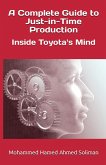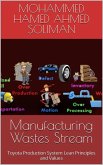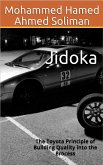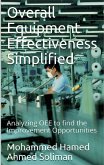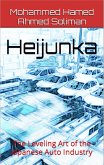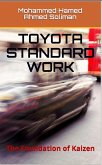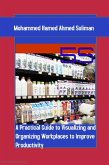One-piece flow, also known as continuous flow, is considered the ultimate lean goal. It describes how items are efficiently moved from one stage of the process to the next by designing the workflow around the requirements of the product. To get from point A to point B is the objective. Any waste or halt in production is equivalent to the stones and dams that direct the flow of water. We examine our layouts, devices, procedures, rules, cultures, and knowledge while attempting to implement flow to see what might be causing these flow-blocking factors. Continuous flow aids in waste reduction. Because there is harmony and rhythm between each stage of the process, wastes are eliminated from the system. This enables each team member to provide value rather than produce waste. Processing waste is decreased because there is naturally less rework (or overprocessing), there is only as much work done as the customer is prepared to pay for, and there is only one accepted technique to complete the task (no bad processing). This book provides a workshop and complete guidance for how to create continuous flow cell.
Dieser Download kann aus rechtlichen Gründen nur mit Rechnungsadresse in A, B, CY, CZ, D, DK, EW, E, FIN, F, GR, H, IRL, I, LT, L, LR, M, NL, PL, P, R, S, SLO, SK ausgeliefert werden.



